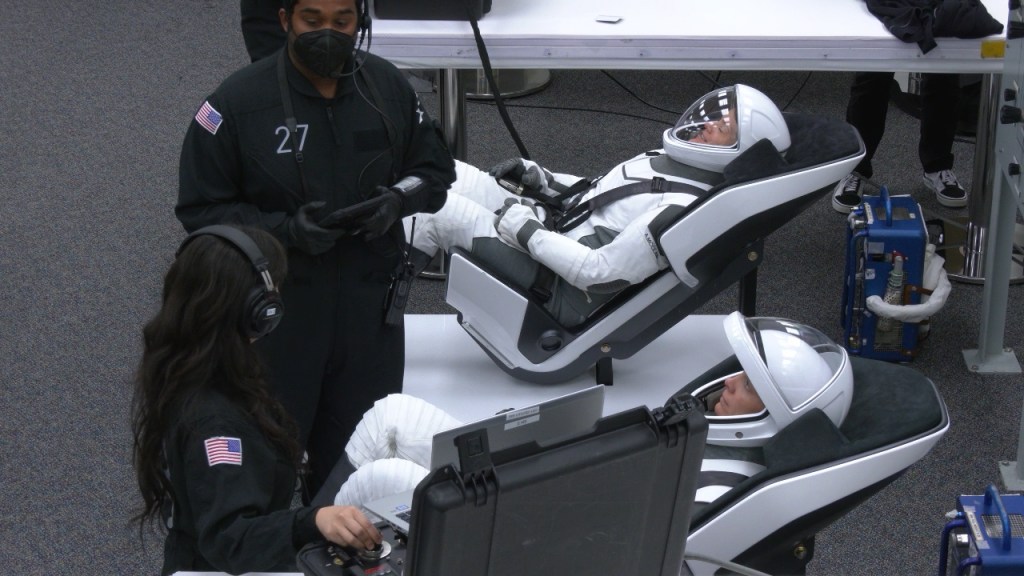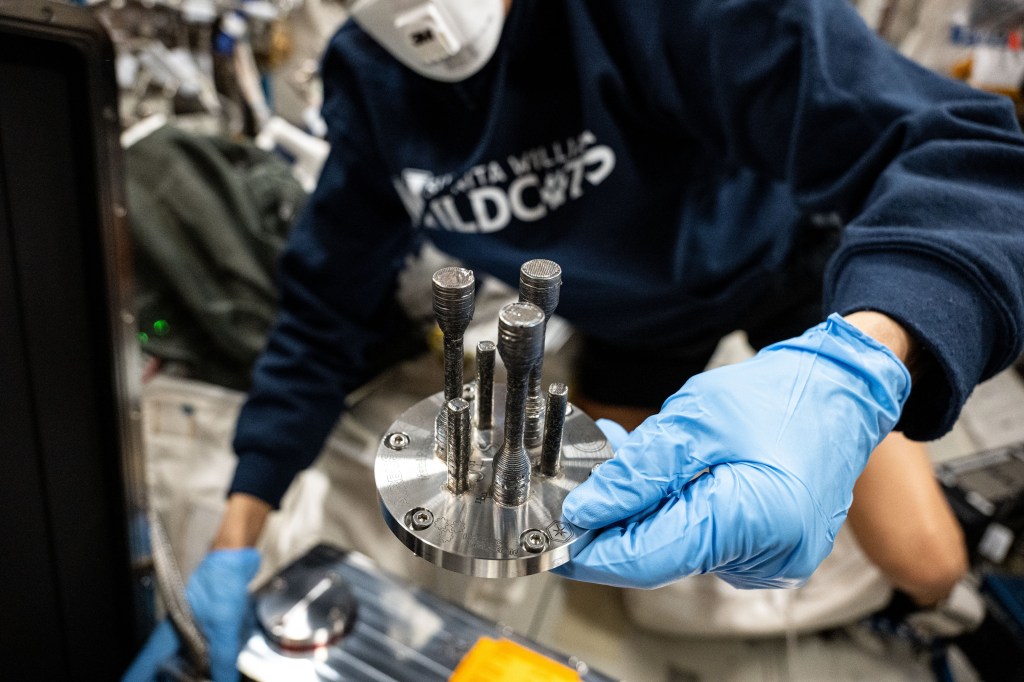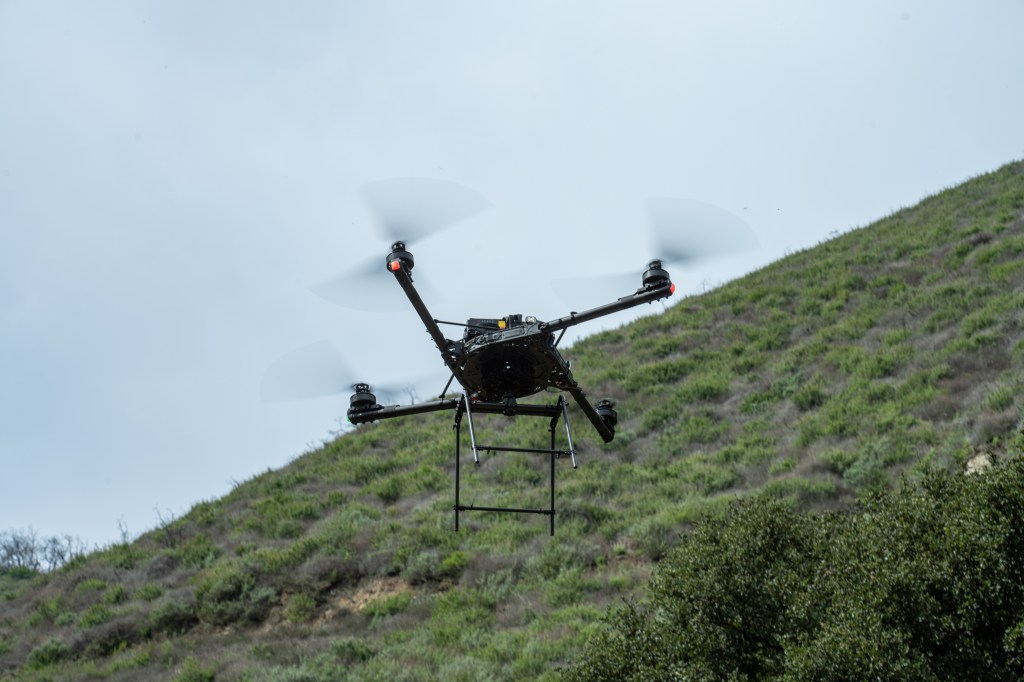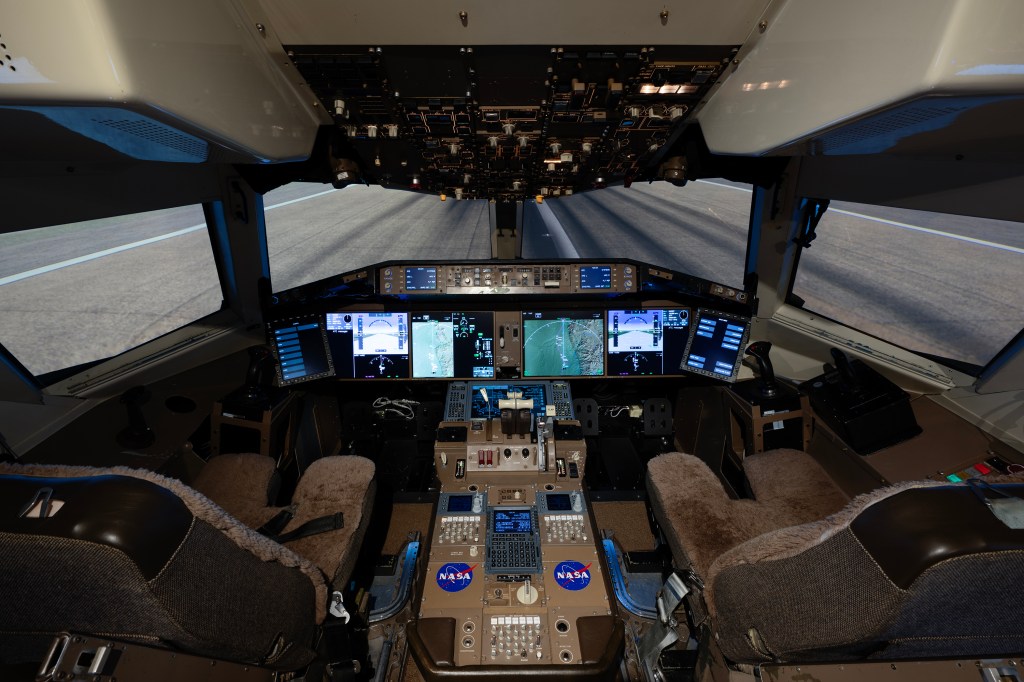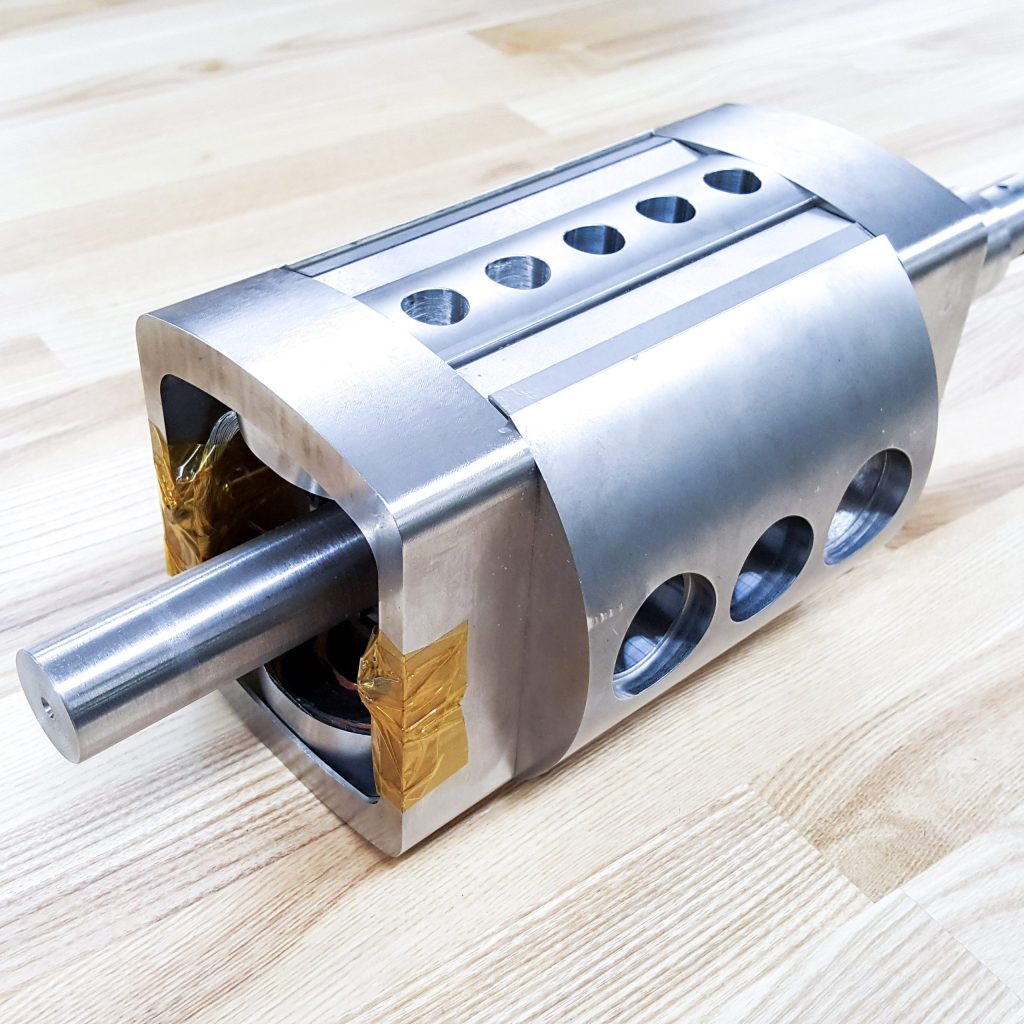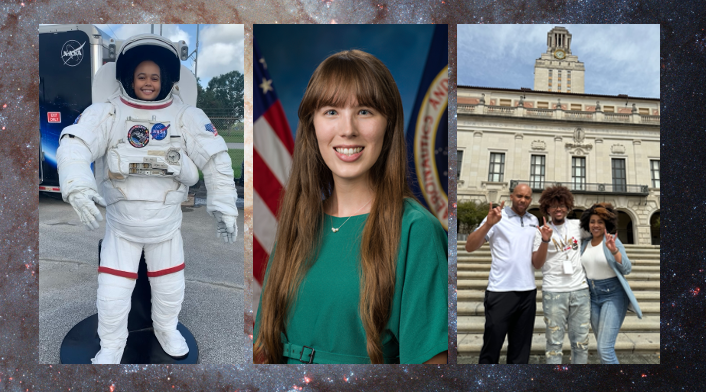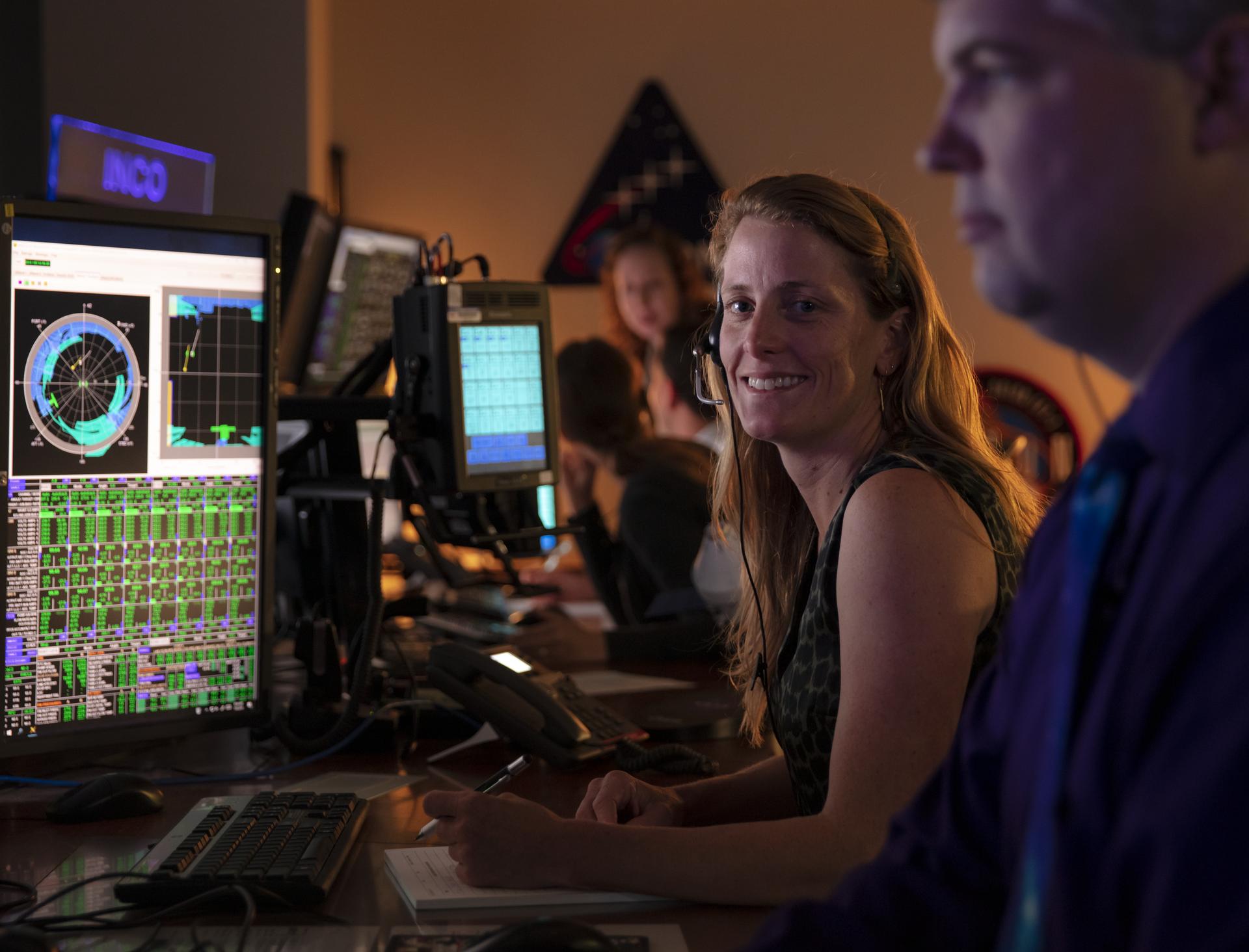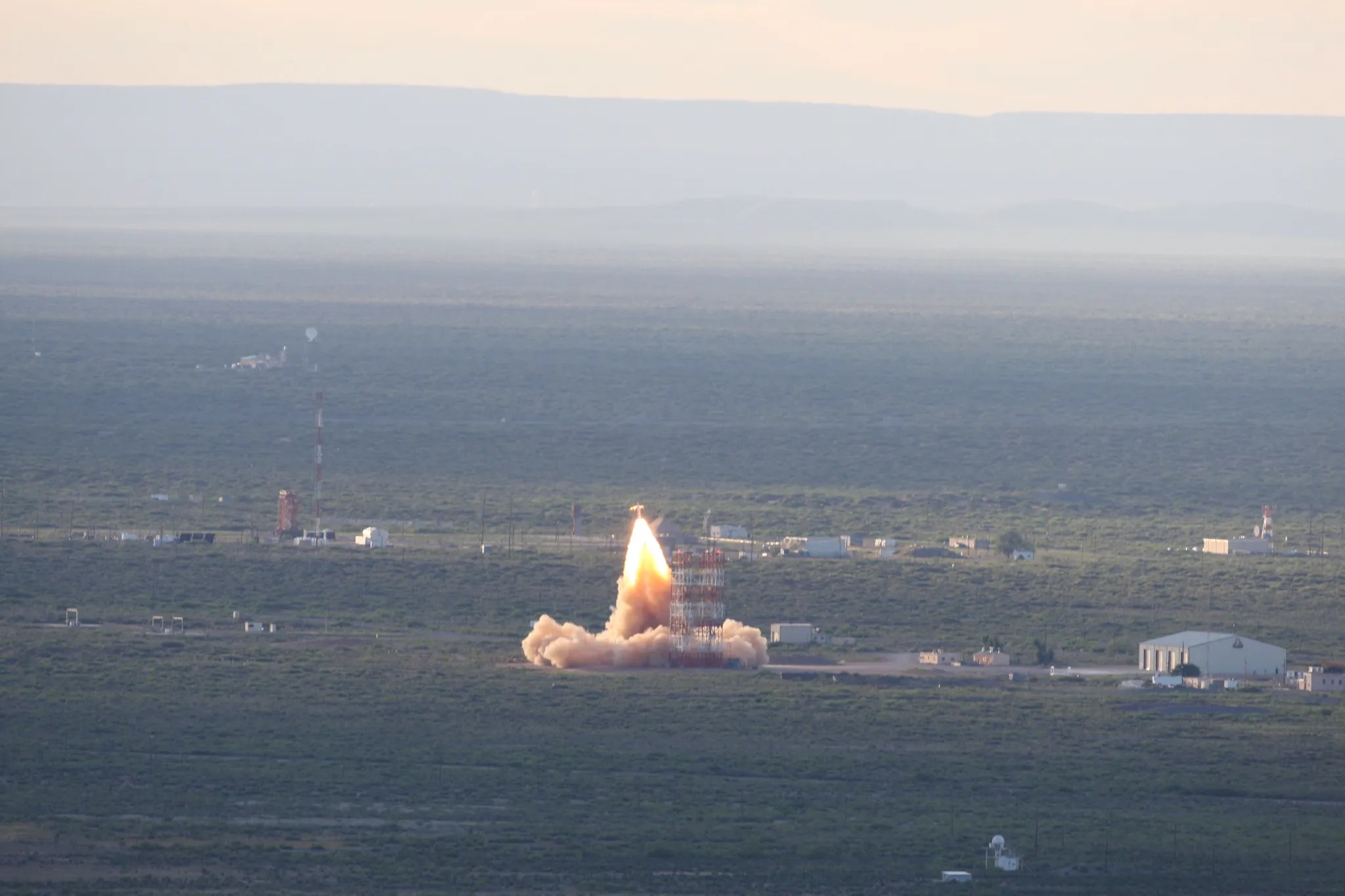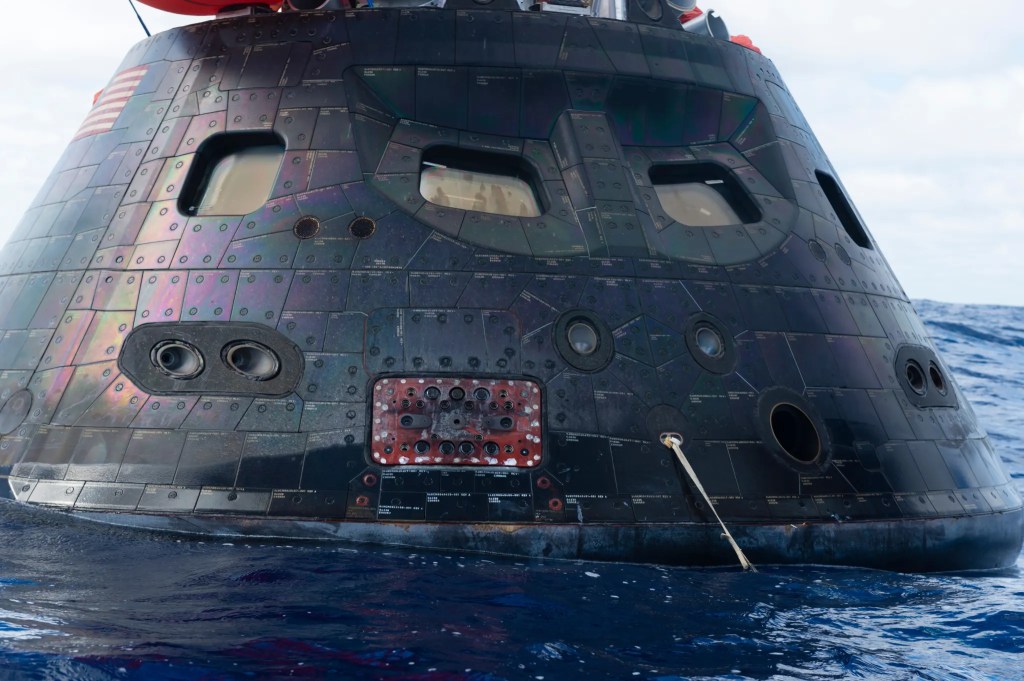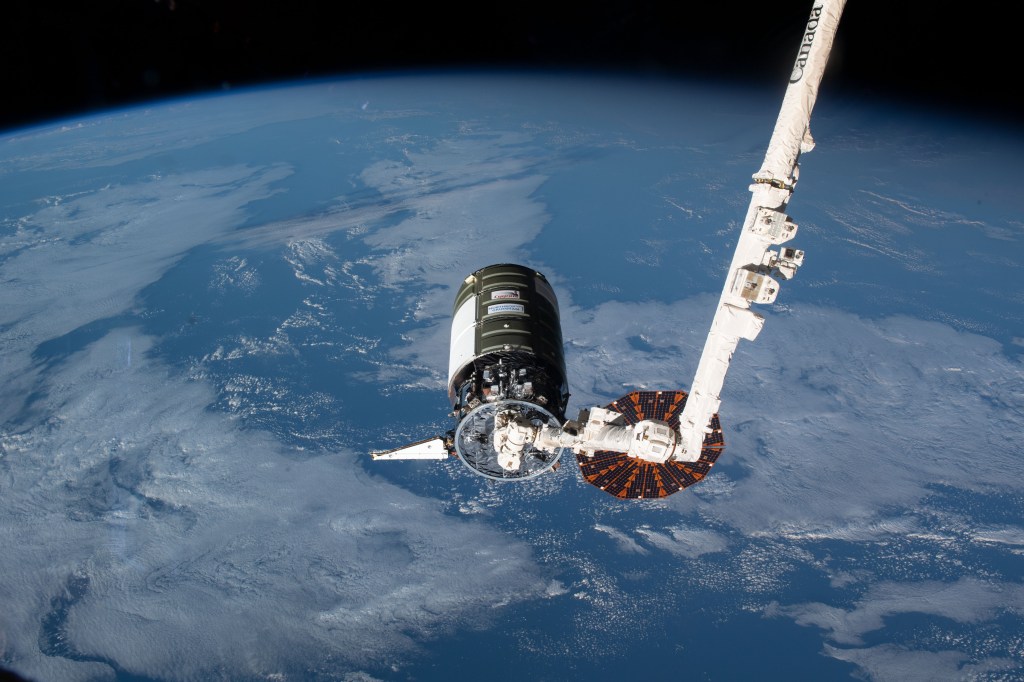Guidance, Navigation & Control Subsystems

Introduction
NASA’s Johnson Space Center (JSC) provides design and evaluation of mission concepts, vehicle flight performance capabilities and requirements, and preliminary guidance, navigation, and control (GN&C) requirements. This includes flight envelopes and trajectories for ascent, targeting and profiles for on-orbit rendezvous, interplanetary trajectories, and entry through landing designs. These efforts also include assessments of system requirements, such as those related to GN&C architecture, propulsion, thermal protection, aerodynamics, and decelerators. Launch and landing capability windows are defined, as well as guidance algorithms developed, to produce the desired trajectory performance. JSC provides end-to-end mission design and vehicle performance analysis for all current and advanced vehicle concepts for low Earth orbit, lunar, and planetary missions.
In addition to design and analysis, JSC has a comprehensive set of capabilities in spaceflight operations and technology development. The Flight Operations Directorate (FOD) Flight Dynamics group enables the execution of dynamic spacecraft operations for safe and successful human spaceflight missions. Other capabilities include Spacecraft Pointing and Attitude Determination, Trajectory Design/Special Analysis, and the Simulation, Emulation, Navigation, Sense, and STAR (SENSS Lab) is equipped with STAR (Six-Degree-of-Freedom Tendon Actuated Robot) for Precision Landing and Hazard Avoidance (PL&HA) by simulating the flight of lunar landers.
In addition, NASA JSC excels in manual control of vehicles, with expertise in handling qualities and crew displays for the manual piloting of crewed spacecraft. Our Electro-Optics Lab (EOL) stands out as a unique facility in the USA, capable of testing cameras with extreme accuracy requirements.
Guidance, navigation, and control are critical for designing spaceflight hardware as they ensure precise spacecraft positioning, accurate trajectory execution, and effective control, essential for the success, safety, and mission objectives of space missions. We invite partners to leverage NASA Johnson Space Center’s cutting-edge capabilities in guidance, navigation, and control, ensuring the success and safety of spaceflight missions through collaborative endeavors that push the boundaries of exploration and technology.
Flight Mechanics
Genesis
Overview | Genesis is a generic, variable-DOF, multi-body flight mechanics simulation.
Details | Genesis provides generic models for atmospheric properties, winds, aerodynamics, and propulsion. Genesis is designed to enable rapid delivery of trajectory products for new mission scenarios by being flexible and easily reconfigured, even when new environment, vehicle, or flight software models are required. The latest version of Genesis, v0.3.0, is available in the NASA Software Catalog: https://software.nasa.gov/software/MSC-27061-1.
Trajectory Design/Special Analysis
Overview | Flight Operations Directorate (FOD) Flight Dynamics enables the execution of dynamic spacecraft operations for safe and successful human spaceflight missions.
Details |
- Flight dynamics expertise provided across multiple programs and vehicles, always incorporating the crew perspective
- Development of launch windows, the ascent profile, ascent abort mode boundaries and representative abort trajectories
- Trajectories and impact predictions for launch vehicle stages and orbital insertion targets
- Deorbit opportunities, deorbit maneuvers, crew module to system module separation maneuvers and impact predictions
- Entry interface targets and entry corridors, and entry profiles for targeted landing sites
Astrodynamics, Mission Design, and Integrated Vehicle Performance
Overview | NASA JSC analyzes and designs optimal spacecraft orbits and trajectories for human spaceflight missions.
Details | NASA JSC provides design analysis and evaluation of mission concepts, vehicle flight performance capabilities and requirements, and preliminary guidance, navigation, and control (GN&C) requirements. This includes flight envelopes and trajectories for ascent, targeting and profiles for on-orbit rendezvous, interplanetary trajectories, and entry through landing trajectory designs. JSC can optimize end-to-end trajectories and vehicle performance for Low Earth Orbit, cislunar, and planetary missions.
Copernicus
Overview | Copernicus is a generalized spacecraft trajectory design and optimization program.
Details | Copernicus integrates state of the art algorithms in optimization, interactive visualization, spacecraft state propagation, and data input-output interfaces, allowing analysts to design spacecraft missions to all possible Solar System destinations. These features are incorporated within a single architecture that can be used interactively via a comprehensive GUI interface, or passively via external interfaces that execute batch processes. It is a critical enabling capability for the analysis of Earth-Moon centered trajectories, and liberation point trajectories for all Artemis missions supporting Orion, Gateway, and HLS. The latest version of Copernicus, Version 5.x, is available in the NASA Software Catalog: https://software.nasa.gov/software/MSC-26673-1.
Navigation & Docking
Navigation and Orbit Determination
Overview | Flight Operations Directorate (FOD) Flight Dynamics enables the execution of dynamic spacecraft operations for safe and successful human spaceflight missions.
Details |
- Orbit determination and spacecraft navigation updates for low earth orbit and cis-lunar space
- Utilization of C-band, TDRS, and Deep Space Network for spacecraft navigation
- Specialized tools for high-speed C-band tracking
Spacecraft Pointing and Attitude Determination
Overview | Flight Operations Directorate (FOD) Flight Dynamics enables the execution of dynamic spacecraft operations for safe and successful human spaceflight missions.
Details |
- Spacecraft attitude determination utilizing onboard sensors for star tracking and inertial measurement
- Spacecraft attitude analysis to meet thermal, power, or other spacecraft requirements
- Sensor pointing to meeting specific earth or lunar targeting requirements
Advanced Guidance & Targeting Algorithm Development
Overview | NASA JSC has expertise and simulation capabilities related to the design, development, and analysis of advanced guidance and targeting algorithms for all flight phases.
Details | NASA JSC has implemented and continues to pursue breakthrough guidance methods to enable robust onboard algorithms for a variety of flight phases. Development and testing spans first principles formulation, simulation analyses, and flight testing. Advanced algorithms include convex optimization and numerical predictor-corrector methods, which are being implemented for their robustness and adaptability to the uncertainty in atmospheric entry flight profiles. Additionally, NASA JSC has considerable expertise related to on-orbit guidance and targeting algorithms such as two-level targeting and auto burn planning.
Autonomous Onboard Navigation & Vision-based Navigation
Overview | NASA JSC has expertise in the design, development, test, and evaluation of onboard, autonomous navigation systems.
Details | NASA JSC performs navigation architecture and algorithm design, development, analysis and integration with navigation hardware design and testing. JSC specializes in onboard, autonomous navigation capabilities such as optical (or vision-based) navigation.
Electro-Optics Lab (EOL)
Overview | NASA JSC Electro-Optics Lab (EOL) has the unique ability to test cameras for projects that require extreme levels of accuracy. This is a one-of-a-kind capability in the USA.
Details | The Electro-Optics Lab (EOL) provides camera calibration, optical analysis, lens analysis, and hardware open loop testing for optical navigation and docking camera testing for NASA’s current and future projects.
Simulation, Emulation, Navigation, Sense and STAR
Overview | The Simulation, Emulation, Navigation, Sense and START (SENSS Lab) includes a Six-Degrees-of-Freedom Tendon Actuated Robot Lab (STAR) which supports Safe and Precise Landing – Integrated Capabilities Evolution (SPLICE), simulating the flight of lunar landers.
Details | The Six-Degrees-of-Freedom Tendon Actuated Robot Lab (STAR) can fly trajectories in Six-Degrees-of-Freedom (6-DOF) space with 50kg payloads with:
- 6-DOF motion capability
- +/- 10° pitch, yaw, roll capability
- ~7m x ~10m x ~7m work area
- 1 m/s^2 acceleration, 2m/s velocity
Control & Handling
Manual Control of Vehicles (Handling Qualities) – Design
Overview | NASA JSC has expertise and simulation capabilities related to handling qualities and crew displays for the manual piloting of crewed spacecraft.
Details | NASA JSC has human spacecraft design expertise in the areas of spacecraft monitoring, manual control, and handling qualities. JSC can provide evaluations and recommendations from veteran astronauts and pilots trained in flight testing and handling qualities assessments that can be applied to any critical flight phase where manual piloting may be needed. Additionally, JSC can provide crew-in-the-loop simulation capabilities to optimize pilot interfaces and test handling qualities for a variety of flight conditions and scenarios.
Atmospheric Flight Control Actuation Expertise
Overview | Atmospheric Flight Control Actuation Expertise is available for full cycle design and development of hydraulic or electric flight control actuation systems.
Details | Full cycle flight control actuation design and development expertise is available at JSC from initial design choices (redundancy, control scheme, motor topology, instrumentation) to mechanical design, fabrication, assembly and test of actuators and end effectors. This includes system level architecture trades, actuator development and testing, and integration with flight control systems.
Related Software
Copernicus Trajectory Design and Optimization System (Version 5.x)
Genesis Flight Mechanics Simulation and Trajectory Design Tool v0.3.0
Orion Optical Navigation Image Processing Software (OpNAV)
Orion Optical Navigation Image Processing Software Version 1.5






